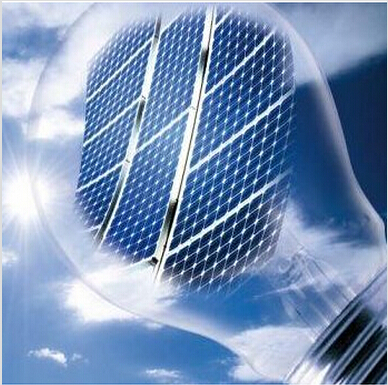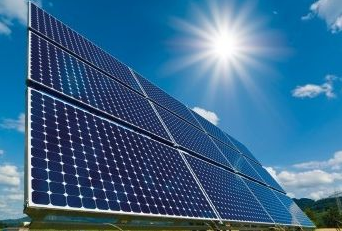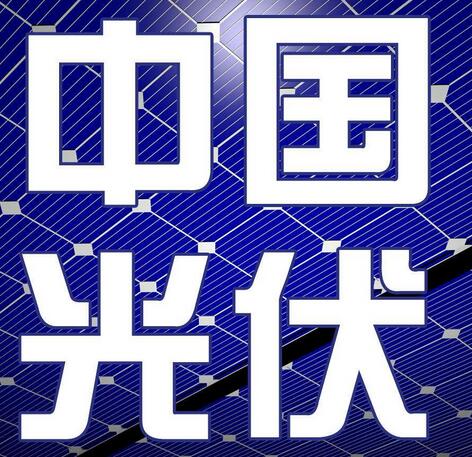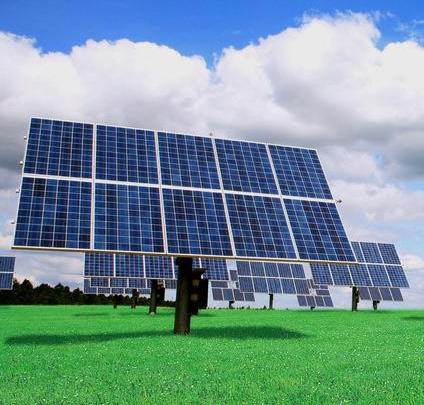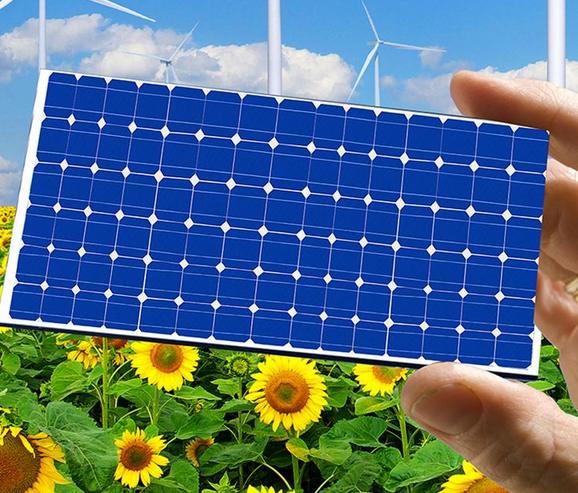The global photovoltaic industry maintains stable growth under the support of national government policies. According to the prospective industry research institute, data show that in 2011, the new installed capacity of photovoltaic power generation system was 30 GW, which promoted a cumulative installed capacity of 70 GW. After the explosive growth in installed capacity of the photovoltaic industry in China and Japan, the global photovoltaic industry has grown substantially year after year. By 2016, the global installed capacity of photovoltaic industry will increase by 77 GW and the cumulative installed capacity will reach 306 GW. The overall industry development momentum is good.
China Photovoltaic Power System
According to statistics released by the Industry Research Institute of Forward-looking Industry for “Foresight and Investment Strategic Planning for Photovoltaic Power Generation Markets”, China’s newly installed capacity for photovoltaic power generation has been increasing steadily year by year from 2014 to 2015, especially in 2016 China’s newly installed photovoltaic power capacity 3454 Million kilowatts, a year-on-year increase of 128.3%. According to preliminary calculations, the newly installed PV power generation capacity in 2017 was 1.5 times that in 2016, 3.5 times in 2015, 5 in 2015, and 4 times in 2013. It can be seen that newly added PV installations in 2017 A substantial and rapid growth.
By the end of December 2017, the installed capacity of photovoltaic power generation nationwide had reached 130 million kilowatts, of which, photovoltaic power stations had 100.59 million kilowatts and distributed photovoltaics had 29.66 million kilowatts.
China's photovoltaic power generation
With the continuous increase in China's installed photovoltaic capacity, photovoltaic power generation is also rapidly increasing. In November 2017, China’s solar power generation reached 5.58 billion kWh, a year-on-year increase of 45.2 percentage points; China’s solar power generation from January to November It was 59.06 billion kWh with a cumulative increase of 35.5%. Solar power generation continues to grow, but at the same time it also promotes the development of the photovoltaic industry chain.
According to the prospective industry research institute, China's PV cell module production in 2016 was 57.71 GW. It is estimated that in 2017, the output of photovoltaic cell modules in China will reach 83.34 GW. By 2018, the output of photovoltaic modules in China will exceed 120 GW.
Photovoltaic silicon wafer production
Silicon wafers are one of the important materials in the photovoltaic industry. China's silicon wafers occupy a dominant position in the world. According to the Prospect Industry Research Institute, China's wafer production in 2016 was 64.79GW. It is estimated that in 2017, China's wafer production will be 97.84 GW. By 2018, China's wafer production will exceed 140 GW.
In the future, with the transformation of the world's energy structure towards diversification, cleanliness, and low carbonization, governments in various countries will continue to vigorously develop the photovoltaic industry, and the photovoltaic industry will continue to grow rapidly.
Photovoltaic industry has obvious advantages. Abandoned light and power restrictions restrict market expansion.
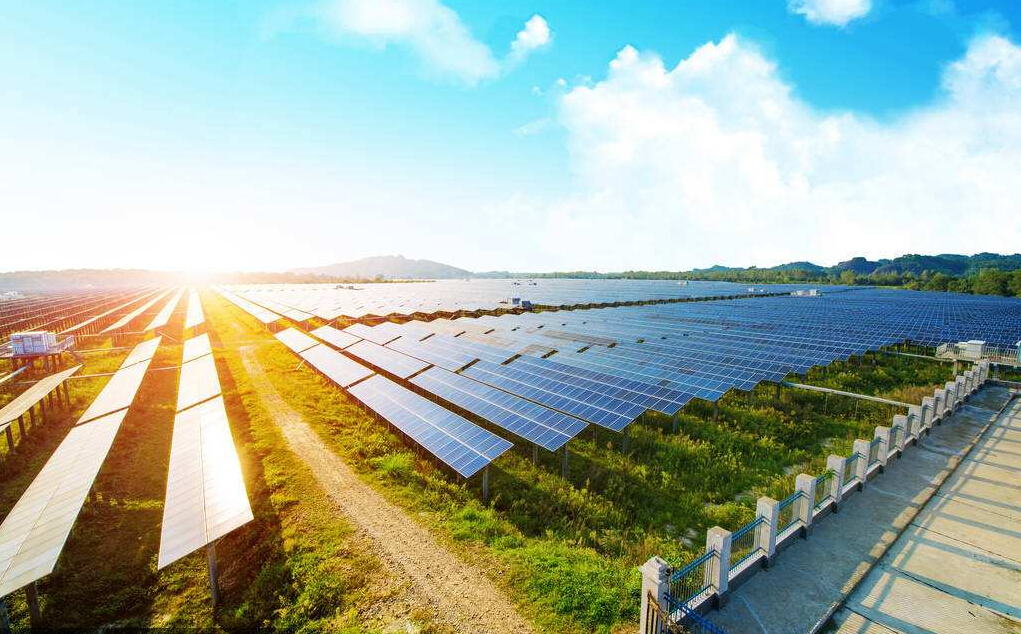
With the continuous improvement of production technology, improvement of production processes and reduction of the cost of the entire industry chain in recent years, China's photovoltaic industry chain has obvious advantages. In 2015, the production capacity of polysilicon, silicon wafers, batteries and modules respectively accounted for 40.7% of global production capacity and 78.0. %, 68.3% and 71.7%. However, after becoming the champion of dual-material production and application in the photovoltaic industry, abandoning optical power restrictions has become a major constraint to the expansion of China's photovoltaic application market.
The problem of abandoning light is still serious, and efforts will be made to increase the efficiency of photovoltaic utilization in the future
According to the statistics of the State Grid, China’s national abandonment of photovoltaic power reached 46.5 billion kilowatt-hours in 2016, mainly in the northwest and northeast regions, and Gansu and Xinjiang were the most severe. The rate of abandonment was as high as 31% and 32% respectively; the overall dismantling of the five northwestern provinces The rate is as high as 20%. Because China's northwestern region accounts for 40% of the country's cumulative photovoltaic grid-connected capacity, the installed capacity of ground-type power stations accounts for 46% of the country's total, while distributed photovoltaics only account for 4% of the country's total. The installed capacity is huge and the local power consumption is not high, while the cable is exported. Insufficient capacity has caused serious problems of curtailment and light reduction.
In the future, China will increase the utilization efficiency of solar power by adopting vigorously developing distributed photovoltaics, adding new installed capacity to regions with high electric power demand in the eastern part, and accelerating power grid construction to achieve large-scale power transmission across regions, and China’s photovoltaic utilization rate is expected to be effective. Promote.
PV costs continue to decline, technological advances will drive costs downIn the past decade, the cost of photovoltaic homogenization has been declining due to technological progress and economies of scale. At present, the production cost of China's advanced polysilicon enterprises has dropped below 70 yuan/kg, and the production cost of crystalline silicon modules has dropped to 2.5 yuan/year. Below the wattage, the cost of photovoltaic power generation in areas with better resources has dropped to 0.65 yuan/kWh, and it is approaching parity.
In the future, driven by many factors such as price reduction, survival of the fittest, and policy guidance, China's photovoltaic industry will continue to cut costs through technological innovation (such as polysilicon fluidized bed reactor technology, diamond wire cutting, high efficiency batteries, and The development of new component materials to extend service life, etc.) makes solar energy a cost-competitive source of superior quality power. It is estimated that the annual average reduction in the average cost of PV in 2016-2026 will reach about 3%.In 2016, the total output value of China's photovoltaic industry reached 336 billion yuan, a year-on-year increase of 27%. During the "Thirteenth Five-Year Plan" period, China's solar power generation industry is expected to be significantly increased. According to the scale development indicators provided by the National Energy Administration, by the end of 2020, the installed capacity of solar power generation is expected to reach 160 million kilowatts, and the annual power generation capacity will reach 170 billion kilowatt-hours. In the installed capacity of 160 million kilowatts, the total installed capacity of photovoltaic power generation accounts for 150 million kilowatts. It is expected that during the “Thirteenth Five-Year Plan” period, the photovoltaic industry will reach nearly a trillion yuan market space.
















 RCCN WeChat QrCode
RCCN WeChat QrCode Mobile WebSite
Mobile WebSite